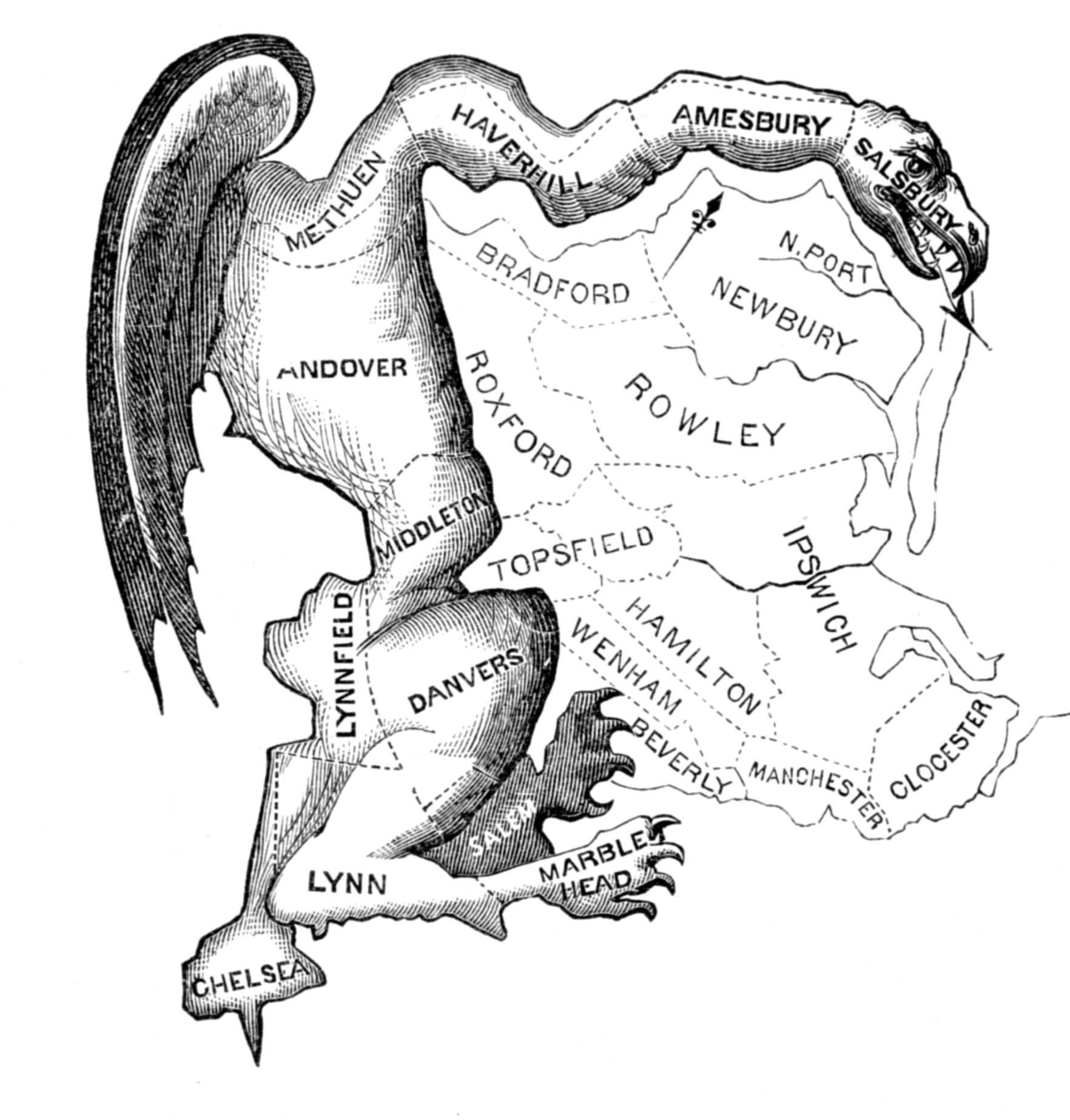Column: Constitutional Limits on Congressional Investigations Into Palestine-Israel Advocacy
Civil Liberties Union

This month the Supreme Court avoided addressing a significant partisan gerymmandering challenge to a statewide redistricting plan imposed by the Wisconsin legislature. Instead, the justices sent the case back to the trial court, finding that those who brought the lawsuit were not “injured” in a way that would permit a statewide challenge.
But every voter in a state is “injured” when legislatures intentionally manipulate the electoral process to favor candidates or parties. Voters are entitled to expect that when government regulates the electoral process, it will remain neutral.
“Voters are entitled to expect that when government regulates the electoral process, it will remain neutral.”
There is a constitutional dimension to this expectation. Under the First Amendment, when a government agency regulates speakers’ access to a public park or facility, it may not favor some speakers and disfavor others based on what the speakers choose to say. As the late Justice Thurgood Marshall observed: “There is an equality of status in the field of ideas and government must afford all points of view an equal opportunity to be heard.”
This neutrality principle is not limited to the regulation of expressive activities in public parks. For example, some years ago Congress set the postage rate for political parties that chose to use the mail to communicate with the public. In doing so, Congress provided a reduced mailing rate for the Republican and Democratic parties but for no other political groups. A federal district court found such selective favoritism impermissible under the neutrality principle of the federal Constitution.
If the government cannot favor or disfavor viewpoints when overseeing a rally in a park or when regulating the price of a mailing, it is no more allowed to play favorites in the the administration of elections. Imagine a state legislature rigging the voting machines to foreordain the outcome. The government would not simply be overseeing and administering elections; it would be placing its thumb on the electoral scale and violating common expectations of neutrality. We would all understand that such conduct is wrong and of deep constitutional concern.
In the Wisconsin case, the legislature was far from neutral. Under the gerrymandered districts in 2012, Democratic candidates received slightly more than 50 percent of the vote but were awarded only 39 seats out of 99 seats in the State Assembly; while Republicans received slightly less than 50 percent of the votes but were awarded 60 seats in the Assembly. The intentional gerrymandering was neither modest nor inadvertent. The plan constituted a significant and unjustified deviation from what would be regarded as a fair outcome. The Wisconsin legislature corrupted the electoral process and, by abandoning any semblance of neutrality, it injured all voters in the state.
By sending the case back to the trial court, the Supreme Court delayed the the invalidation of partisan gerrymandering practices. Yet, as Justice Kagan observed in a concurring opinion, doing so now offers an opportunity for the parties bringing the lawsuit to explore alternative theories to show that such manipulation is constitutionally impermissible.
The First Amendment neutrality principle is a clear and compelling way to do just that